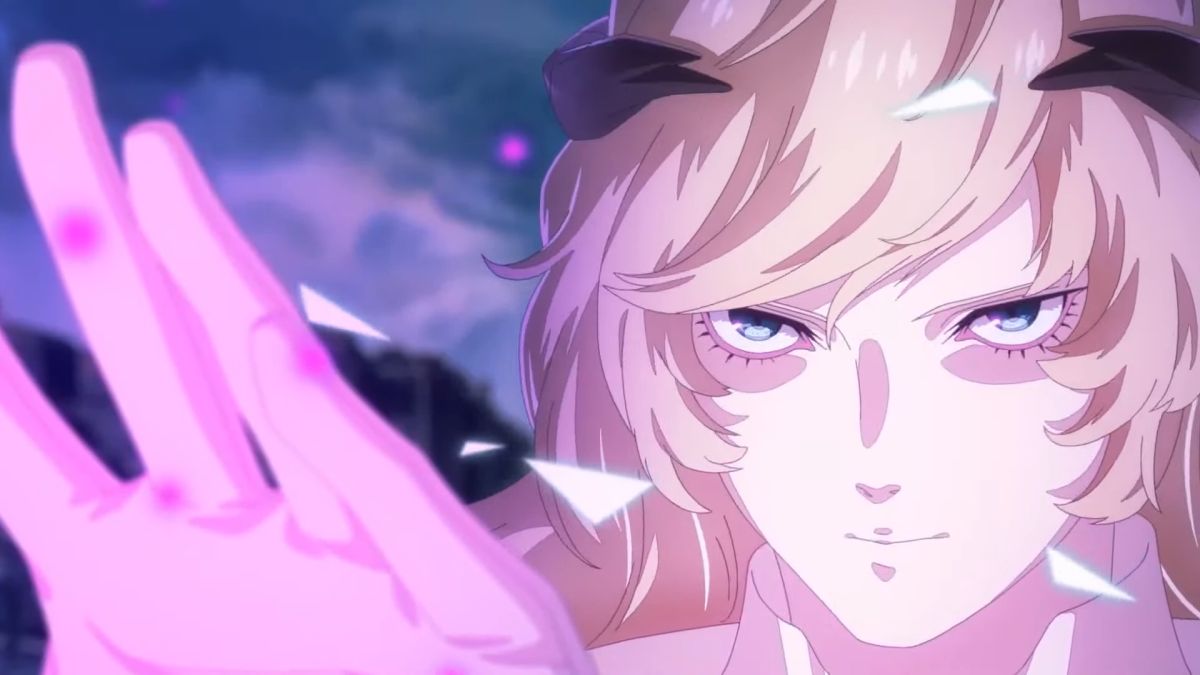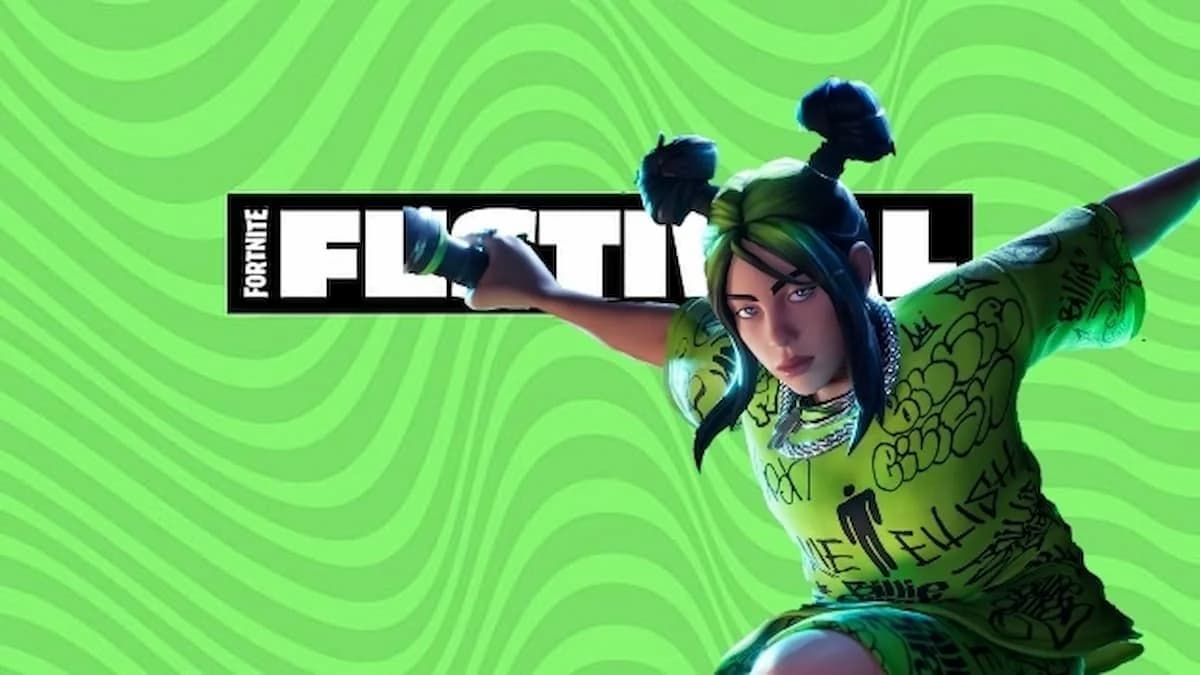
With only two games in the bag, Kyoto-based developer Q-Games are already making a name for themselves. While their first game, the PlayStation Network title PixelJunk Racers, only turned a few heads, it’s been PixelJunk Monsters that has truly caught the attention of the gaming community.
Recently, I had a chance to chat with the studios founder, Dylan Cuthbert. I probed him on the genesis of Q-Games and “PixelJunk,” the unique creatures of PixelJunk Monsters, what he learned from his time with Nintendo (Cuthbert played a pivotal role in the development of the original Star Fox), and the future of Q-Games and the PixelJunk series.
Hit the jump for the full interview.
[Editor’s note: This interview was conducted prior to the announcement of PixelJunk 1-3, PixelJunk Eden at this year’s Game Developers Conference. While he mentions the game in passing, he doesn’t go into details on the title.]

DESTRUCTOID:
Can you tell me a bit about how Q-Games came to be, and more importantly … what on Earth is a “PixelJunk”?
DYLAN CUTHBERT:
“PixelJunk” is a nickname I use on a Japanese blog that Q-Gamers write on from time to time — the blog is called “Fumufumu-Q” and usually picks up a mix of tech and art-related articles. Normally quite underground quirky stuff. We have run the blog for about 5 years and I liked the nickname so much I decided to use it for an entire series of games.
The name itself is particularly apt, because the series is (initially at least) primarily 2D and the “junk” is a tongue-in-cheek reference to the fact people instantly treat 2D games as junk these days, which I find a big shame.
The second game in your PixelJunk series, PixelJunk Monsters, has received some pretty great feedback. Was there anything in particular that made you want to translate a “tower defense” to something like the PSN?
I have always wanted to make an RTS, since being hooked all the way back in the day on Carrier Command for the Amiga, and then the “standards”: Dune, Command & Conquer, Starcraft, etc. The “Tower Defense” genre seemed a great way to explore bringing RTS’s to the true masses as it simplifies a lot of things down. What I didn’t want to do though is make a “god mode” RTS, which are notoriously bad to control with a joy-pad, so right from the start I specified that the game would be played through a little guy you run around with, with coins and items to pick up like an old-school Zelda game.
What about the curious creatures of the PixelJunk Monsters universe? Were those designs based off of any existing mythology?
They are all entirely from the mind of a certain Andy Palmer who was the main designer on Monsters. I think he has a lot of other stuff lurking around in there, and I’m looking forward to seeing what appears in games later on in the series. I think the Monsters universe is kind of based on a “Southern Seas Tropical Island ethnic” look.

On that subject, are those big gray monsters sasquatches or golems? My wife and I have gotten into the bad habit of yelling “The sasquatches are eating our family!”, but we fear they might be golems. In which case, there’s no reason for us to stop talking to our yeti friends.
I think they are actually “Rock Monsters,” as they are lumps of rock that have been animated by those masks they are wearing, so golem is the closer of the two. It’s good to hear your wife is enjoying it too — my wife won’t give me any time on the PlayStation 3 anymore, as she gets higher and higher in the rankings (she’s in the top 20 in some stages now).
Speaking of multiplayer, it was a stroke of genius to include it. At first glance, the game doesn’t appear to be much different whether you’re playing it alone or with a partner. In fact, in many cases, it almost seems as if the game was made to be played with a friend (with one gathering resources and building, another upgrading, etc.). Was this an intentional lean towards cooperative play?
Yes, the decision to share gems but not money was a very important one, and I think that’s where some of the fun of co-op comes in. We found while making this game that the one-player mode was just great fun to watch and comment/give advice on, and the two-player mode just extends this and lets the commentator also take part. The level of communication required in co-op is considerable as you probably know.

Both Racers and Monsters offer local multiplayer modes, but neither can be played online over the PlayStation Network. Any particular reason to shy away from this, and is this something we might see in a future update?
There are a number of reasons — Racers on one-hand has extremely fine controls, which at 60hz and with the precision required I think the lag would have killed the online play. 3D games are far more appropriate for online games because the lag is kind of half-covered by looser collision detection and less pixel-precision control.
However, Monsters is a different story, the co-op play for Monsters requires a huge amount of communication and I’m just not sure if it would be possible without implementing a huge amount of code to make it satisfactory.
The main overall reason though is budget — these games are cheap and it would take 50% more development time to make them work online. Maybe when download games are far more popular than they are now that risk will be worth taking, but we are funding these independently and have to consider costs very carefully indeed (so we don’t go broke before PixelJunk 1-6!). As we see sales rise and get more confident we will definitely begin implementing online-play in our games though.
Are there any plans to update PixelJunk Monsters with additional content, or are you pretty happy with where it’s at?
There are definite plans, primarily because my wife keeps bugging me for more stages.
E3 2007 was the first time that Q-Games and PixelJunk Racers had blipped on my radar. I had a conversation with a few people at Sony about the projects, including SCEA Senior Producer Deb Mars. Everyone was very excited about the games, as well as some of the other “smaller” or more experimental titles they’ve been courting, like Everyday Shooter, Flower, and flOw. What’s the support that Sony’s giving your projects been like?
Santa Monica’s support has been very good — Deborah Mars and everyone else there has been a great help, and I think the more experimental direction they have taken has set PSN apart from the more retro or re-make inclined XBLA. The PS3 has a more “select” feel to it overall and the PSN titles appeal to that side of its user-base. As soon as I showed Sony Santa Monica my ideas for the PixelJunk series they were fully on-board.
You have a pretty rich history, including working with Nintendo on the popular Star Fox series. Is there anything in particular you learned from Nintendo’s school of design and production that you’ve been able to implement in your other projects, including the PixelJunk series?
Yes, I’ve certainly been around. The main thing I learned at Nintendo was that being “anal” is the most important asset a game creator needs to have. Mr. Miyamoto has the uncanny ability to spot the most minute detail in any game; just the odd pixel out of place and he will strike upon it like an eagle. So, although we are nowhere near that level yet, I am trying to guide everyone at Q to get good at “the details”.
The other thing I learned from Nintendo, is learning to look at your game from a distance towards the end of development and decide what really needs to be done to make the game into a sell-able product. This is almost totally separate from the creative “game-making” process and most companies let their marketing departments do it which, in my opinion, is totally wrong. It is the creators of the game that need to learn this methodology and only use it during the end cycle. (use it at the beginning or in the middle and you end up with a stunted, uninspired but presentation-wise slick game)
Q-Game’s first PSN title, PixelJunk Racers was considered 1-1, and PixelJunk Monsters is 1-2. How many games in the PixelJunk series can we expect, and what’s next?
There is no limit in our minds (well, apart from monetary of course) — we would like to make as many games as we can, as long as we still have ideas. However, at some point we will take a hiatus from series 1 and begin series 2 which will be a completely different direction altogether. If we can find the right staff we might even continue series 1 in parallel. It’s early days yet and the response to our most esoteric title yet — PixelJunk 1-3 — will probably decide our future strategy regarding PixelJunk.
—-
If you haven’t already, be sure to check out PixelJunk Monsters on the PlayStation Network, and be on the look out for more information about PixelJunk Eden (PixelJunk 1-3) in the coming months. Thanks to Dylan for taking the time out to clarify whether an enemy in his game was a golem or a sasquatch. For the record, we always knew it was a stone monster … we were just testing him.



